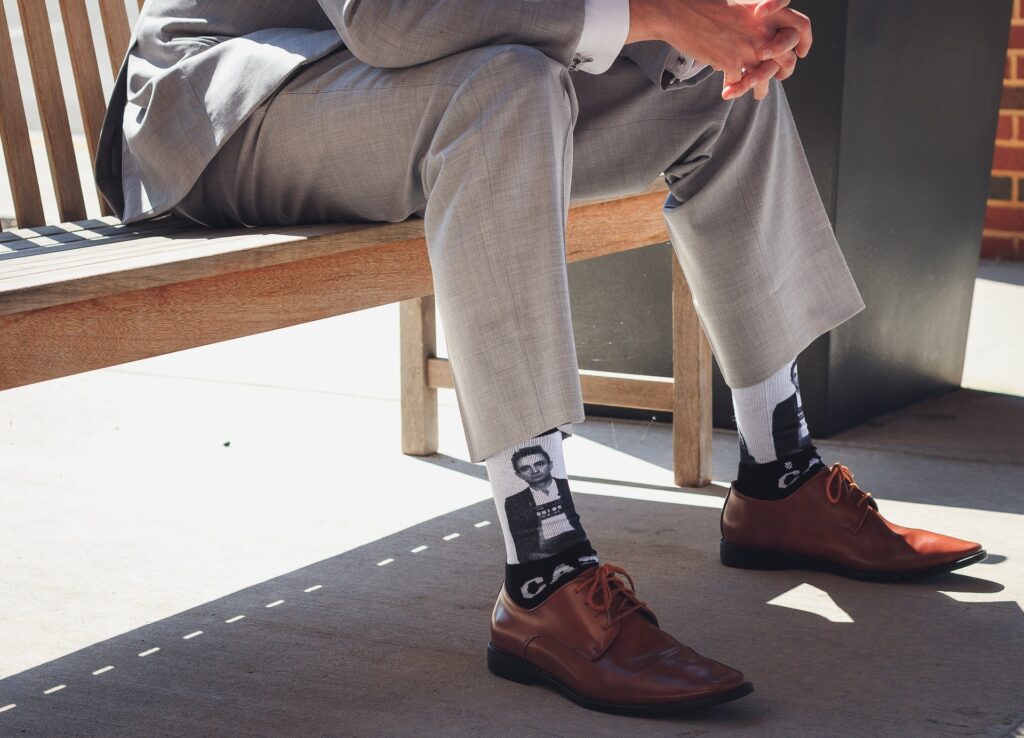Brand jingles are much more than catchy tunes; they are a critical tool in building brand identity and ensuring instant recall for consumers relating to your brand.
In the cacophony of today’s marketing noise, a well-crafted jingle can elevate a brand above its competition, creating a memorable connection with the audience. This article explores the art and science behind creating effective brand jingles that resonate with consumers and bolster brand recognition.
The Power of Music in Branding
Music has a profound impact on human emotions and memory. Neurological studies have shown that music can trigger emotional responses and enhance memory retention – and brands can leverage this by integrating jingles that not only attract attention but also make the brand more memorable.
A classic example is McDonald’s “I’m Lovin’ It.” This simple yet catchy melody is recognisable worldwide including within the UK, often bringing to mind the brand’s image and offerings without any visual aids.
Crafting the Perfect Jingle…
The creation of a jingle begins with understanding the brand’s core message and target audience. The melody must align with the brand’s personality—whether it’s playful, serious, inspirational, or otherwise. The rhythm and pace also play crucial roles; a jingle for a sports brand might be fast-paced and energetic, while a healthcare brand might use softer, soothing tones.
Lyrics are the next component. The best jingles often contain a hook — a simple, memorable line that encapsulates the brand’s message. This hook is not just a catchy phrase but a strategic tool that embeds the brand name in the consumer’s mind. Consider Kit Kat’s “Give Me a Break.” This phrase not only incorporates the brand name but also resonates with the universal desire for a pause, effectively tying the product to a common human experience. Kit Kats are also made to be “broken” – tying it all together nicely.
Integration Across Media
A successful jingle transcends radio or television; it must adapt across various media platforms. Today, this means being memorable within a few seconds to suit digital ads and even working effectively in non-audio formats like visual social media posts. A jingle’s adaptability can extend its life and enhance brand consistency across platforms.
Emotional Connection and Nostalgia
A jingle’s ability to evoke emotions or nostalgia can turn casual listeners into loyal customers. The best jingles often remind us of good times, childhood memories, or a sense of comfort. For instance, Coca-Cola’s jingles frequently emphasise togetherness and happiness, echoing the brand’s longstanding message of sharing and enjoying life’s moments. This emotional connection fosters deeper ties between the brand and its customers.
The Cultural Impact
Beyond marketing, jingles can infiltrate popular culture, becoming part of everyday life. They can influence music, language, and even social interactions. When a jingle becomes iconic, it not only promotes the brand but also cements its place in cultural history. This level of success is a testament to the jingle’s power in brand building.
Brand jingles are an integral part of marketing strategies that seek to make a brand a household name. They utilise the inherent power of music to enhance brand recognition and forge emotional connections with consumers. A well-crafted jingle not only boosts brand recall but also supports long-term loyalty and engagement. As brands evolve and new platforms emerge, the art of jingle writing will continue to be a crucial element in the complex tapestry of brand building.
Written by Business Contributor Luke Bonaventura


